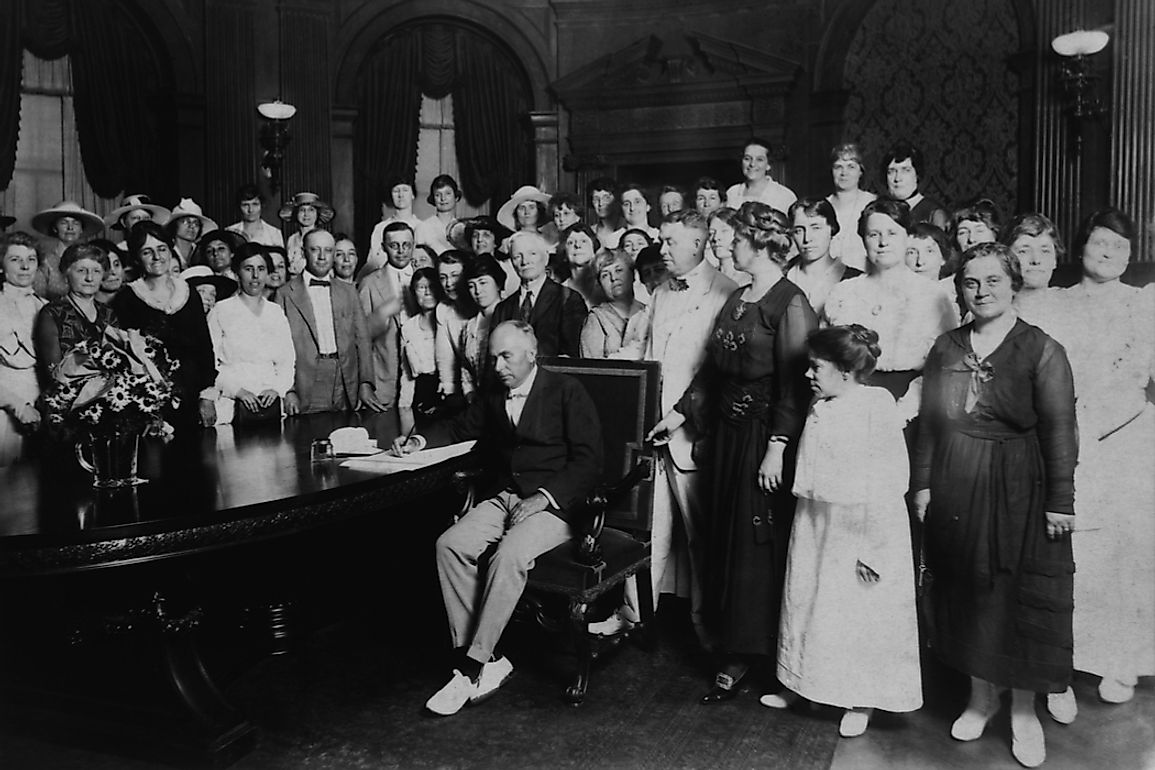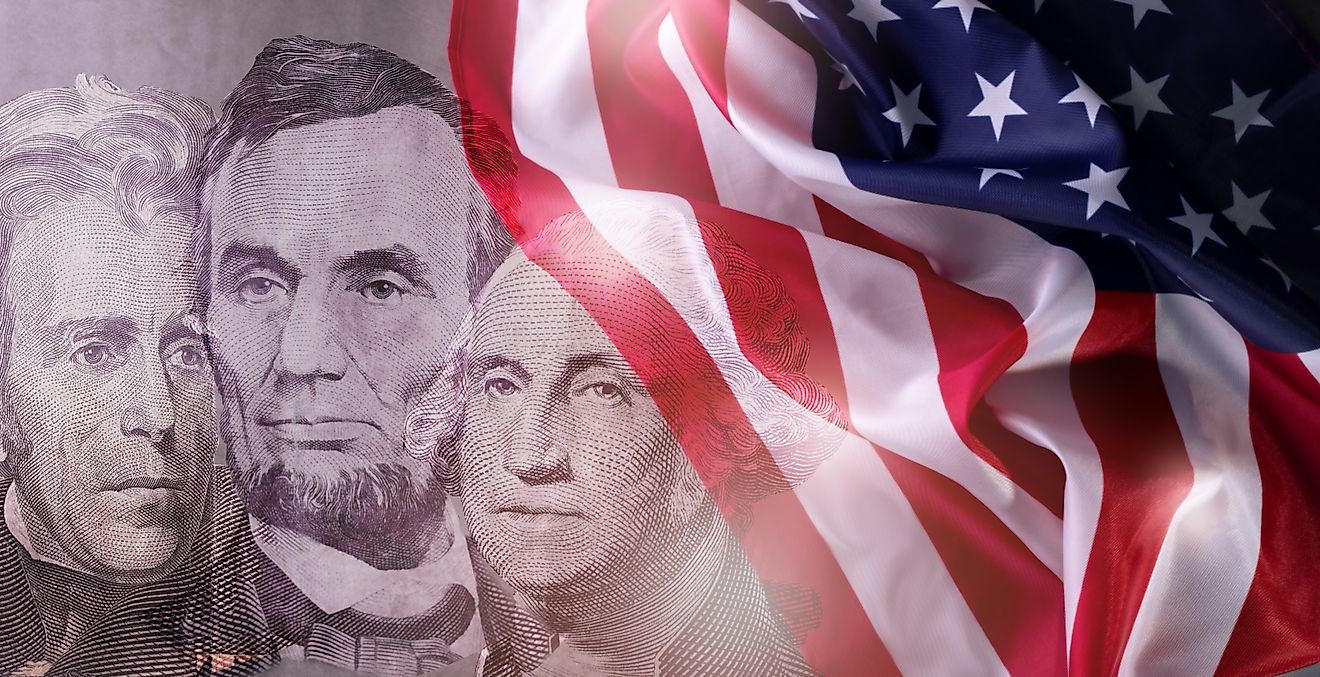How Many States Are Needed to Ratify an Amendment to the Constitution?

Three-quarters of the states in the United States are required to ratify an amendment to the United States Constitution. Therefore, out of 50 states, 38 states or more are required. All the rules, regulations, and the process followed when making any alteration to the constitution is highlighted in Article Five of the United States Constitution. For any amendment to be done to the constitution, all the laid down procedures have to be followed without overlooking any.
Processes of a Constitutional Amendment
The constitutional amendment process involves two major steps. The first step to a constitutional amendment is the proposing of the amendment. The second phase in the constitutional amendment process is the ratification of the proposal.
Proposing the Amendment
The proposal of amendments is usually done by the Congress and requires a two-thirds vote in both the Senate and the House of Representatives. The voting in the Congress can only be carried out if the quorum has been attained. Besides, proposal of the amendment can be done by a convention of states, which require two-thirds of the states legislatures.
Ratification of the Proposal
The ratification process kicks off after the amendment has officially been proposed in the Houses. The Congress can decide whether to send the proposed amendment to the State legislature or to the State ratifying conventions for the ratification process. However, the state Convention method is rarely used. If the amendment goes through the ratification process successfully, it is included in the constitution and considered to have the same force.
For the amendment to be included in the constitution, it has to be ratified by 38 states or more. After the ratification by the 38 states or more, the amendment is considered to be an active part of the constitution. The vote of each state carries the same weight. The votes are equal, regardless of the geographical area or the population of the state.
Administration
Administration of the ratification process is the responsibility of the Archivist of the United States. The Archivist is the head of the National Archives and Records Administration (NARA). The Archivist of the United States informs the States’ governors about a newly proposed amendment through a registered letter. The governors thereafter take the responsibility of forwarding the amendment to the state’s legislature or otherwise referred to as the ratifying convention. Once the ratification process is completed by the state, the state forwards an original or a certified copy of their decision to the Archivist. The Archivist issues a certificate that states has successfully completed the process of ratification. Thereafter, the successful amendments and the certificate of ratification is published in the Federal Register and the United States Statutes at large. The publication of the amendment on the two documents signifies that the ratification process has successfully come to an end.
Ratification Deadlines
The 18th amendment of 1917 brought about the amount of time that is required for the ratification process. However, if the ratification process is incomplete after the due deadline, an extension may be granted to ensure it is completed.











